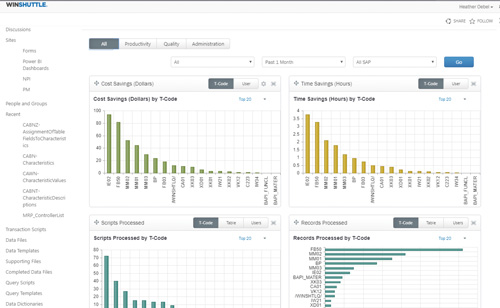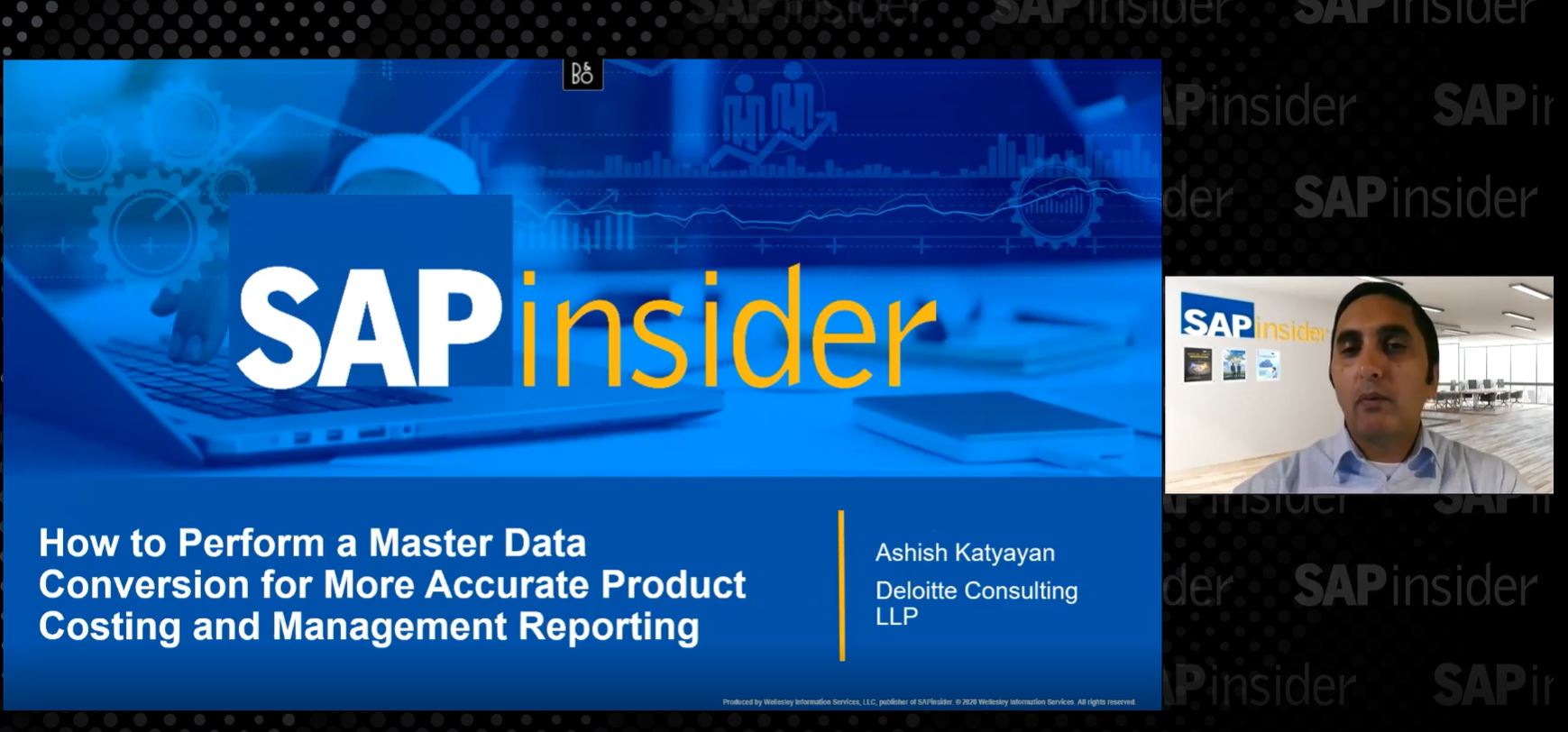Solve the Top 5 Master Data Challenges Through Automation
It’s impossible to overstate the importance of SAP master data to all areas of your business. In many organizations, however, only a small fraction of master data is actively managed by IT-centric tools — the rest remains ungoverned and unautomated — leading to costly downstream errors, poor business productivity, and inaccurate reporting.
In this article, we’ll outline how business teams can bridge the master data management gap and solve the top five biggest master data challenges in the market today — without requiring SAP technical programming skills.
1. Speed Up Master Data Processes
Slow, manual master data procedures can hamper key processes such as order processing, equipment maintenance, product launches, and supply chain operations. Automating those processes used to be firmly in the hands of specialized IT resources, who are often buried under a backlog of work.
Today, people in or close to the business who best know their processes and data can use software designed for them to reduce cycle times by 50% or more. The solutions they build are embedded into Microsoft Excel workbooks or into web forms, eliminating manual data entry via SAP GUI, and streamlining data management for any master data object, not just the “big four” — materials, customer, vendor, and finance.
2. Reduce Duplicate Records
Duplicate master data records cause a host of downstream problems and inaccurate reporting. You can prevent new duplicates by giving people the ability to search for existing records via a web form before they create a new record. Business users can also create Excel-based solutions to flag existing duplicate records for deletion — cleaning up their own data and improving business operations.
3. Enforce Your Procedures and Business Rules
If you’re managing your master data manually, enforcing your procedures and business rules can be inconsistent — leading to poor data quality and unnecessary business risk.
With a forms and workflow solution, however, you can put formal data collection and approval controls in place that can’t be circumvented. You can also embed detailed business rules to eliminate missing data by making fields required on the form — without needing them to be required in the SAP system — standardize data formats, and enhance data by leveraging third-party web services such as address validation or credit checks. You can even collect documentation in your workflow process, such as tax-exempt forms or credit reports, along with the SAP system data fields you collect as part of your master data creation process.
4. Get Visibility into the Status of Master Data Requests
In a manual world, understanding the status of a master data request is not easy. Good workflow solutions automatically keep people informed via email or the data collection form, and send email notifications to let people know when tasks are due or overdue.
5. Measure Performance and Improve Processes
Can you accurately report on how long it takes to complete a master data request, or if you’re meeting your service level agreements (SLAs)? If your processes are manual, you probably can’t. Most master data management solutions automatically track key performance metrics, such as time savings, cycle times, data error rates, and SLAs (see Figure 1). Dashboards or other reporting capabilities help you identify and solve process bottlenecks and data-quality issues.

Solving the Biggest Master Data Challenges
Today, with software from companies such as Winshuttle (now Precisely), people in the business have the power to solve their most pressing master data challenges, accelerate processes, and greatly improve data quality — and in doing so, have a lasting impact on the business. For more information, visit precisely.com.








